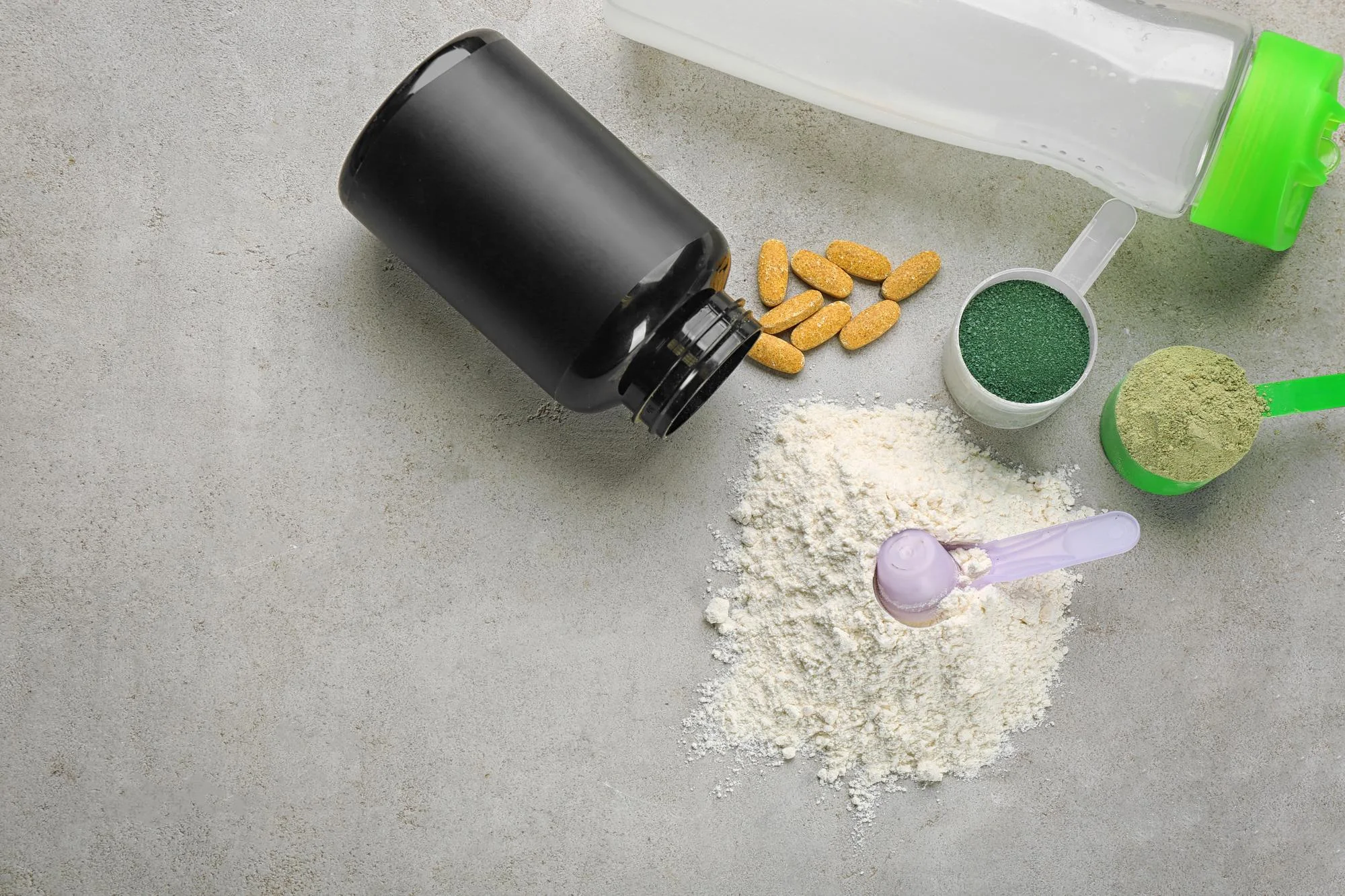Keywords
1. Protein drug formulation
2. Vacuum foam-drying
3. Protein stability
4. Matrix formers
5. Pharmaceutics research
As the pharmaceutical industry continues to advance, the quest for optimal drug delivery systems remains a paramount challenge for researchers. In a groundbreaking study published in the International Journal of Pharmaceutics, scientists have made a significant leap towards enhancing protein drug stability through an innovative process known as vacuum foam-drying. The study titled “Formulation factors affecting foam properties during vacuum foam-drying” was published with the digital object identifier (DOI) 10.1016/j.ijpharm.2024.123803.
Researchers from the Research Institutes of Sweden (RISE), University of Lund, and Ferring Pharmaceuticals A/S embarked on a quest to delve into the intricacies of vacuum foam-drying and how it can preserve the integrity and activity of protein drugs. The study, led by Tristan Osanlóo, Daniel D., Mahlin Denny D., Bjerregaard Simon S., Bergenståhl Björn B., and Millqvist-Fureby Anna A., marks a pivotal advancement in pharmaceutics, particularly regarding the delivery of sensitive biological drugs like proteins.
Proteins are known to be particularly sensitive substances, often requiring careful consideration of their stability during the formulation process. Traditional drying techniques, such as freeze-drying, have been used extensively in the past. However, the novel approach of vacuum foam-drying may offer several benefits over these methods. One of the critical aspects of this study was to assess how formulation parameters affect the physical properties and stability of foam-dried proteins.
Recombinant human bile salt-stimulated lipase served as the model protein drug for this investigation. The lipase’s stability was judged by measuring its activity, ensuring that it retained its biological function post-process. In the study, the protein was incorporated into a foam structure and then dried under vacuum conditions, leading to a dry, solid foam. Remarkably, foam overruns of up to 2600% were achieved, illustrating the technique’s efficiency in expanding the protein material, while wall thickness estimates ranged from 20-50 µm, which may have implications for the material’s mechanical properties and protein enclosure.
The researchers employed two different disaccharides, sucrose and trehalose, both known for their tendency to remain in an amorphous state, to form the matrix within which the protein was embedded. The physical properties of these matrices were examined in terms of residual water content, glass transition temperature, and crystalline state.
One of the groundbreaking findings of the study was the distinctive behavior exhibited by sucrose and trehalose in their roles as matrix formers. This contrast could have far-reaching implications for the selection of excipients in the formulation of protein drugs, as it may affect both the stability of the drug during storage and its release profile upon administration.
Surfactants, substances that can significantly influence the behavior of proteins at interfaces, were also investigated. The study focused on surfactants with similar alkyl chain lengths but varying head group sizes and structures to pinpoint the effects they might have on foamability and the surface coverage of the lipase.
The study’s results indicated that the presence of the lipase did not lead to a loss in activity due to the drying and rehydration processes. This finding is crucial for the pharmaceutical industry, as it confirms that vacuum foam-drying could be a viable method for processing sensitive protein drugs without compromising their efficacy. Notably, despite a proportion of the lipase covering the dry material’s surfaces, the process did not negatively impact the protein’s activity, suggesting favorable interactions between the lipase and formulation components.
The paper underscores the absence of competing financial interests or personal relationships that could have influenced the results, ensuring the integrity and objectivity of the research.
The profound implications of this research are not only limited to the pharmaceutical industry but also open new avenues for biotechnology applications where protein drugs and enzymes play critical roles. The study enriches the body of knowledge in pharmaceutics by offering a new perspective on protein drug formulation, potentially leading to more stable and effective therapeutic options.
References
1. Osanlóo, T., et al. (2024). Formulation factors affecting foam properties during vacuum foam-drying. International Journal of Pharmaceutics, 652, 123803.
2. Singh, S. K., et al. (2011). Challenges and issues in the formulation of protein-based pharmaceuticals [Abstract]. Current Pharmaceutical Biotechnology, 12(6), 1133-1138.
3. Webster, G. K., & Shalaev, E. Y. (2013). Protein stability during freezing: Separation of stresses and mechanisms of protein stabilization. PharmDevTech, 11(4), 801-808.
4. Chang, L. L., et al. (2005). Protein formulation and fill-finish Operations. Biotechnology and Bioprocessing Series, 5, 1-24.
5. Cleland, J. L., et al. (1997). Development of stable protein formulations: A close look at protein aggregation, deamidation, and oxidation. Critical Reviews™ in Therapeutic Drug Carrier Systems, 14(2), 1-4.
